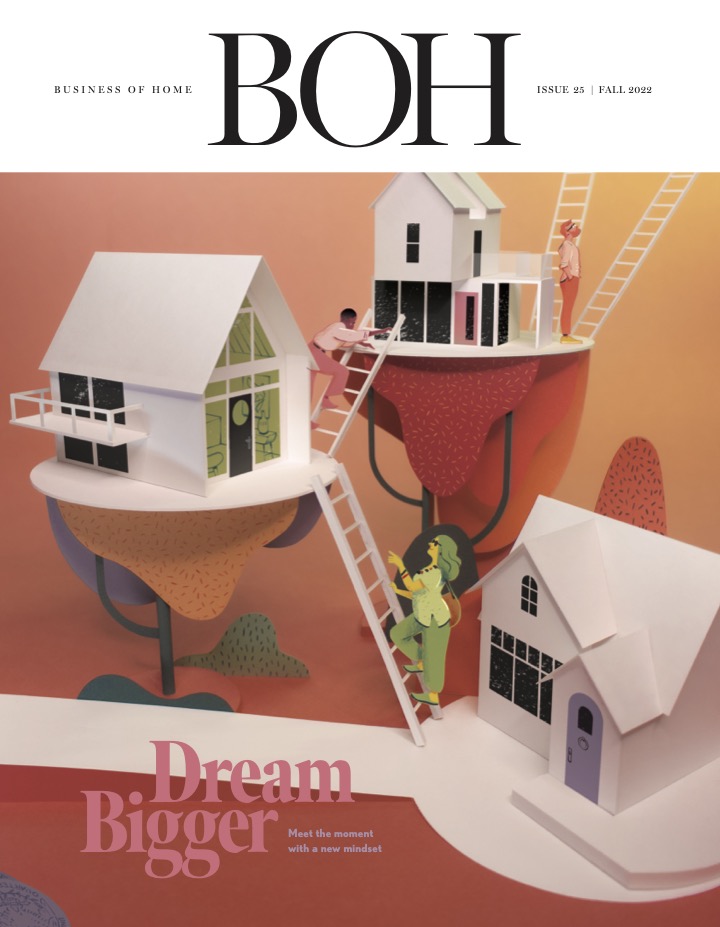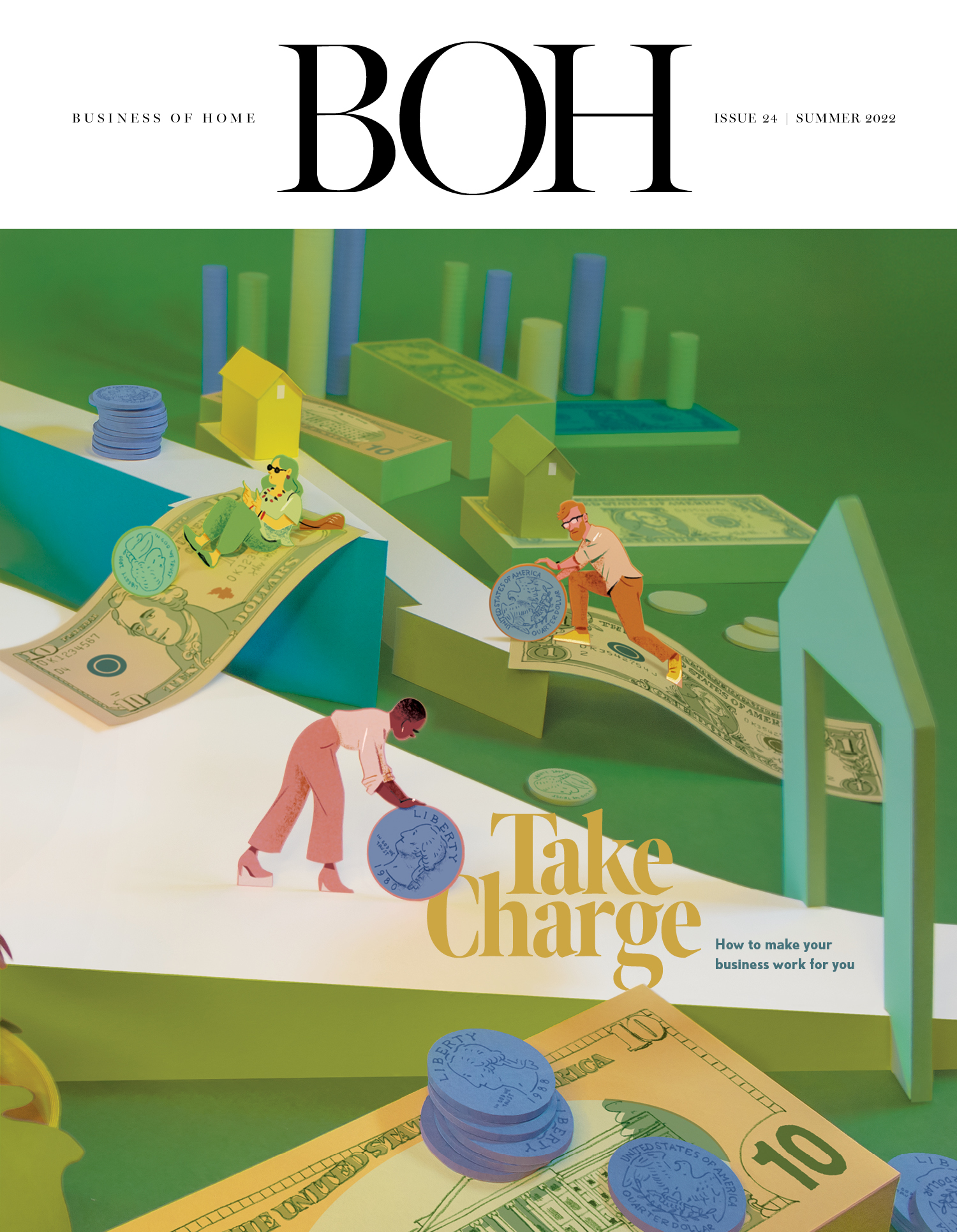Dear Sean,
I have a lot of wealthy clients who sign on with us saying, “It’s not about money,” as we work toward a budget. But when it comes time to write the check, it does seem to be all about money. Suddenly, they stray from focusing on the idea of value—which they all embrace at the outset of the process—and instead become transactional and questioning.
In short, we start off full of trust and with a shared vision, but somehow end up with them saying, “Well, I could get a chandelier from RH for this much instead.” I try to remind them of the design benefits we’ve already agreed upon, but they get stuck on pricing when it’s time to pay for furnishings.
Where am I going wrong, and how can I get out of this repetitive trap?
Budget Backslide
Dear Budget Backslide,
I am so sorry that what starts with hope and trust degrades into a value-engineering exercise. What you’re experiencing is all too common, and a constant head-scratcher for me. It’s not that I do not understand how this happens, but rather that I don’t see why interior designers perpetually engage in self-inflicted pain.
My advice to you will sound harsh and maybe even a little extreme. It is not. It is an exercise in better decision-making.
Clearly, you are introducing the line-item price of all of the elements you are presenting to clients very early in the process. Yet, instead of attaching emotional value to what they see and feel about your design, they are instead using money to connote that value. That system will never work. Why? Emotional value dwarfs financial value. Think about a treasured flea market find that you bought for $500. If someone came to your house and offered you $2,000 for the piece, my guess is that you would not sell it, despite the undeniable financial benefit (a 400 percent return). More importantly, money is a terrible indicator of relative value. For example, why is a fantastic $500 coffee table worth 20 times less than the $10,000 couch you paired it with?
Simply, you are asking your clients to make decisions based on terrible information—and it’s information that you are providing to them. Instead of breaking down costs item by item, you should know the total amount necessary to make your design come to life—what the whole process (materials and labor) will cost. The budget discussion should start from a place of knowledge and then be developed as design details become clearer. For example, you might say: “A great rule of thumb is that my per-square-foot fee will be between X and Y. As we get closer to completing the design, we will update the overall production number, and maybe even break it down by room. And the options we present to you will be within a range of 10 to 15 percent of that number.” It comes down to why you and your design business exist in the first place: You know how to spend clients’ money better than they do, provided both parties agree on the number beforehand.
Notice that this column has ignored what your firm charges to do its work. That is an entirely different conversation. Past columns have explored how you should bill, but today we are only focused on the amount of clay you need to sculpt your sculpture. Please do not ever confuse the two.
If you recognize, as all designers should, that you are in the value-delivery business, not the value-engineering business, you would never allow the rational discussion of money to cloud what is a wholly emotional, subjective decision. Set the bar once in terms of budget, then make your work about just how far you can leap over it on your own terms. The choice of value is for you to determine. It will never be about the money, unless you make it that way—so do not.
Homepage image: ©Tiko/Adobe Stock
____________
Sean Low is the go-to business coach for interior designers. His clients have included Nate Berkus, Sawyer Berson, Vicente Wolf, Barry Dixon, Kevin Isbell and McGrath II. Low earned his law degree from the University of Pennsylvania, and as founder-president of The Business of Being Creative, he has long consulted for design businesses. In his Business Advice column for BOH, he answers designers’ most pressing questions. Have a dilemma? Send us an email—and don’t worry, we can keep your details anonymous.





























